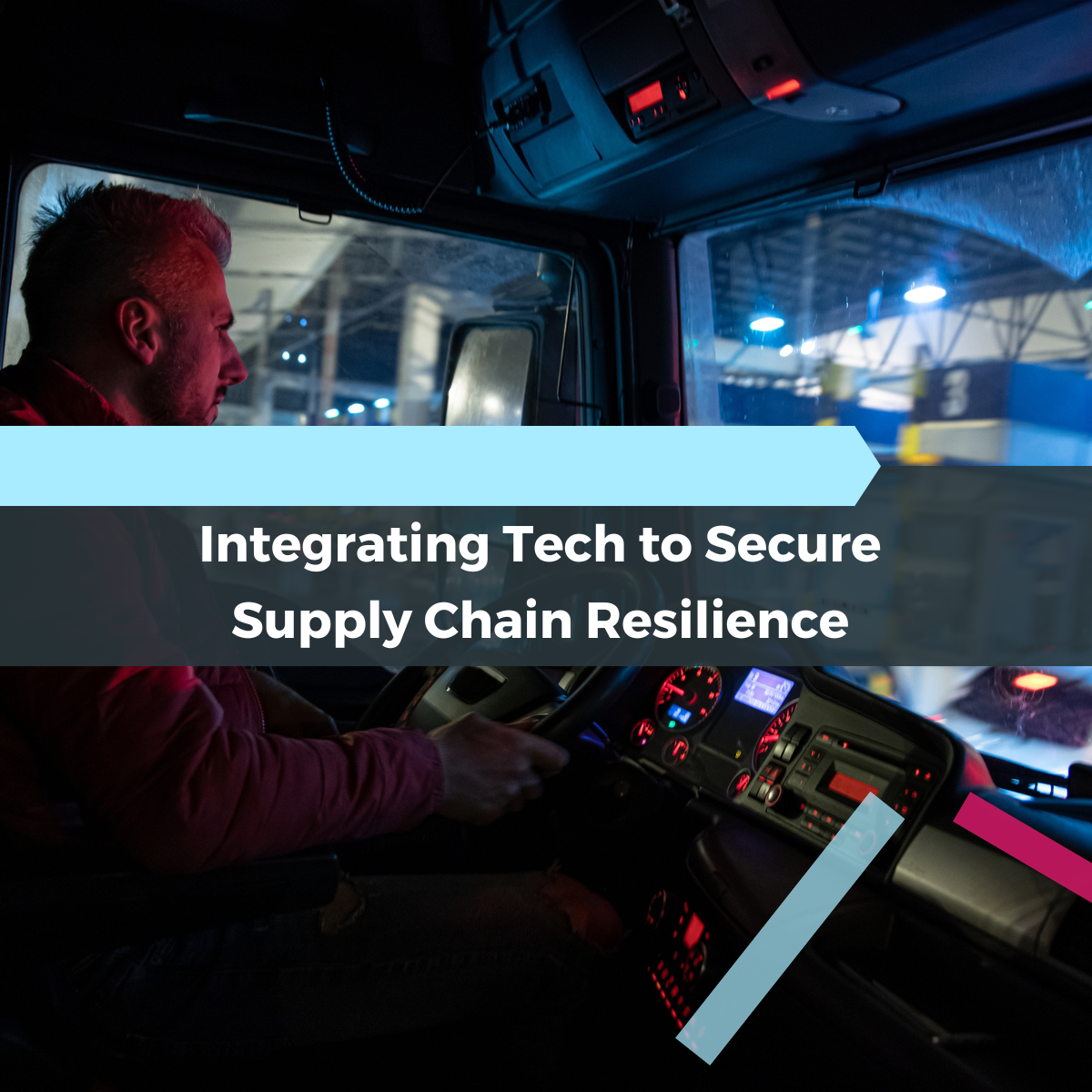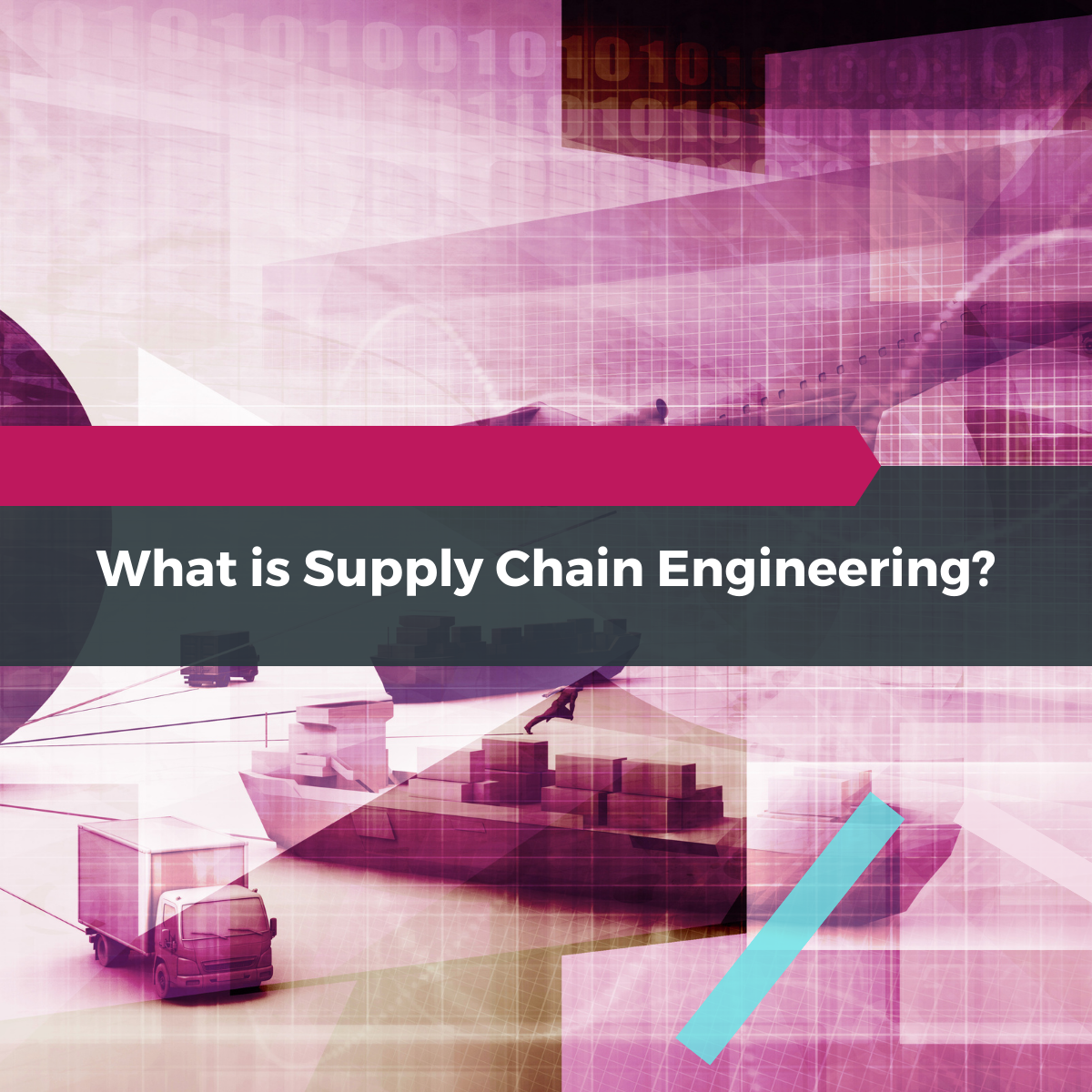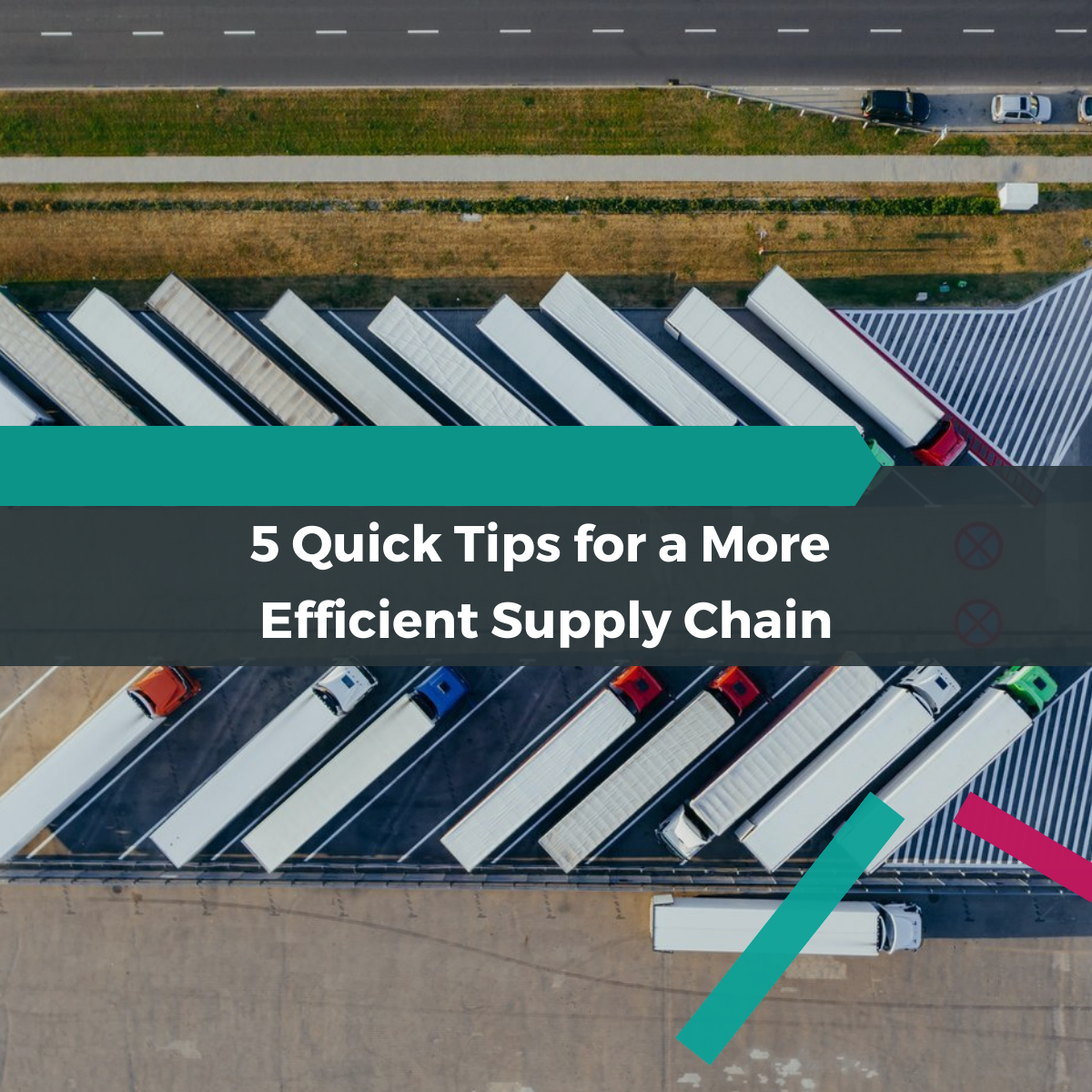LST's Now Allowed on Great Britain’s Roads.

But what does this mean for businesses?
New legislation to allow longer lorries on Great Britain's roads went live on the 31st of May. These longer trailers, known as longer semi-trailers (LST) measure up to 2.05 metres longer than a standard semi-trailer and can be towed by a lorry.
Their primary objectives, reducing CO2 emissions and alleviating supply chain pressure.
The lorries are expected to generate £1.4 billion in economic benefits and take one standard-size trailer off the road for every 12 trips.
But what does this legislation actually mean for operations?
The impact of LSTs on operations will vary depending on the supply chain.
Operating an LST is similar to operating a double-decker, some supply chains choose not to do so due to added complexity in planning or it not aligning with their routes and/or depots.
However, for other supply chains, it is an essential part of their operations, resulting in significant savings in terms of both monetary and carbon costs.
Their point-to-point delivery model and large-scale operations allowed them to take advantage of the additional capacity provided by LSTs.
Their scale also allows capacity for other journey scenarios that do not fair well with LSTs, such as multi-drops or smaller depots.
On the other hand, other supply chain companies may not see a comparable advantage to using an LST as their operations do not cater for them (depot sizes, routes, drivers etc.) or they are simply a smaller operation.
While the introduction of longer lorries is expected to bring significant benefits to the UK economy and reduce carbon emissions, it is crucial to acknowledge the current state of UK logistics.
Load fill currently stands at only 62%, with approximately 30% of lorries being empty. While the introduction of longer semi-trailers is not expected to exacerbate load-fill issues, it is also unlikely to directly address them.
Nonetheless, the introduction of this legislation serves as a pivotal step in addressing load-fill inefficiencies in the UK.
In light of these considerations, as a technology company, dedicated to improving these statistics, we, of course, have to raise the question:
Is it time for UK supply chains to invest in technology?
Integrating tech into any supply chain can play a crucial role in addressing load-fill challenges.
By leveraging real-time data and visibility, companies can optimise their operations, minimise empty miles, and maximise capacity utilisation.
This leads to more sustainable and cost-effective supply chains, benefiting both the environment and overall financial performance.
And the best part is that tech has a place in every and any supply chain, regardless of size and scale.































